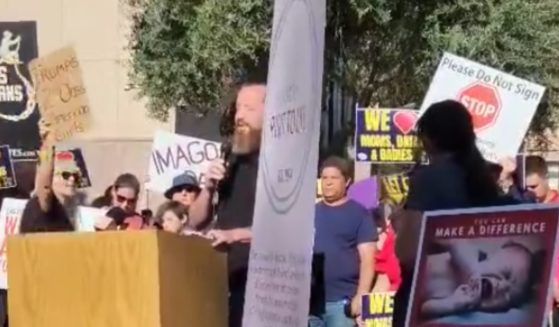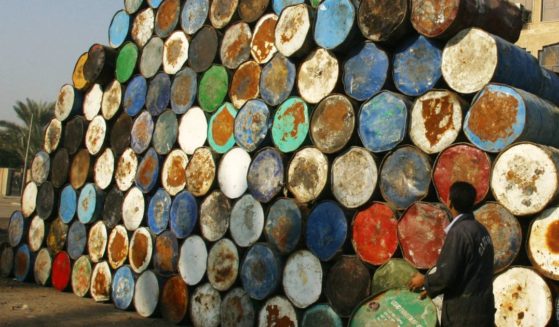Critics ask what took PG&E so long on wildfire safety effort
SAN FRANCISCO (AP) — Pacific Gas & Electric Corp. is promising to spend more than $2 billion this year to improve wildfire prevention after its equipment was blamed for causing more than 1,500 Northern California wildfires since 2014.
Lawyers, industry watchdogs and a federal judge alike wonder: What took so long? They question the utility’s sincerity in the face of decades-long record linked to wildfires.
The advocacy group The Utility Reform Network and a lawyer representing hundreds of wildfire victims suing PG&E expressed skepticism Thursday after PG&E submitted its proposed safety plan to regulators. Attorney Frank Pitre says PG&E has historically accepted high risks in its electrical operations.
PG&E says it isn’t waiting for regulatory approval and has already begun implementing enhanced safety measures meant to reduce the number of wildfires.
“PG&E fully intends to meet or exceed each of the goals set forth in the plan,” company spokesman Jeff Smith said. “We currently have programs up and running throughout our service area designed to perform against the targets listed in the plan.”
TURN executive director Mark Toney said PG&E’s failure to trim enough trees dates to at least 1994, when a Nevada County jury convicted the utility of 739 misdemeanor counts of criminal negligence for not pruning branches that fell on a wire and caused a wildfire.
Toney said “we’ve got to wonder what they’ve been doing to address the problem since then.”
“Again and again PG&E has tried to convince us it is devoted to safety, and again and again that’s been proven false,” Toney said. “So pardon us if we’re skeptical.”
On Wednesday, PG&E promised to step up its tree cutting and trimming this year. It also said it wasn’t waiting for regulatory and judicial approval and has already instituted more inspections of its equipment.
“Preventing wildfires outright is likely impossible,” the company said. “However, PG&E is approaching the issue with urgency to do everything we can to prevent our facilities from creating public safety risks.”
On Wednesday, PG&E proposed removing 375,000 trees this year after cutting down 160,000 last year that threatened to fall into power lines.
Frank Pitre, a lawyer suing PG&E on behalf of wildfire victims, also expressed skepticism. He argued in a federal court filing that PG&E has been historically accepted “high risks in its electrical operations” while its two biggest California — Southern California Edison and San Diego Gas & Electric— have more broadly embraced reform.
“PG&E accepts a high risk of wildfires in its electrical operations and causes significantly more wildfires than other comparable utilities,” Pitre wrote in a court filing to U.S. District Judge William Alsup, who is overseeing PG&E criminal case arising from the 2010 deadly natural gas pipeline explosion in a San Francisco suburb.
Alsup on Jan. 30 found the utility in violation of its probation for its handling of a wildfire last year. Alsup eviscerated PG&E’s lawyers who argued the utility was working on its safety program.
“That’s just platitudes,” Alsup responded, citing the numerous wildfires tied to PG&E.
“Why is it PG&E says, ‘Safety is our No. 1 thing’ — I heard it all the time, ‘safety, safety, safety,’ but it’s not really true,” Alsup said.
California Public Utilities Commission records show PG&E’s equipment caused 1,552 fires between 2014 and 2017, compared to the similarly sized Southern California Edison’s equipment being blamed for 344 fires over the same period.
PG&E serves 16 million people throughout Northern California while Edison provides power to 15 million Los Angeles-area residents.
“While PG&E may not be able to mitigate all risk, it should be able to at least keep pace with its counter-part,” Pitre wrote.
PG&E’s proposal was submitted to the California Public Utilities Commission, which has scheduled several public hearings.
The Western Journal has not reviewed this Associated Press story prior to publication. Therefore, it may contain editorial bias or may in some other way not meet our normal editorial standards. It is provided to our readers as a service from The Western Journal.
Truth and Accuracy
We are committed to truth and accuracy in all of our journalism. Read our editorial standards.












